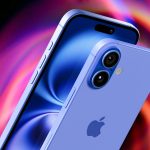Apple iPhone 17 series: business as usual, progress uneven
The new iPhone Air makes a strong first impression, the lineup as a whole is evolutionary at best but not without a few surprises
KOSTAS FARKONAS
PublishED: September 11, 2025
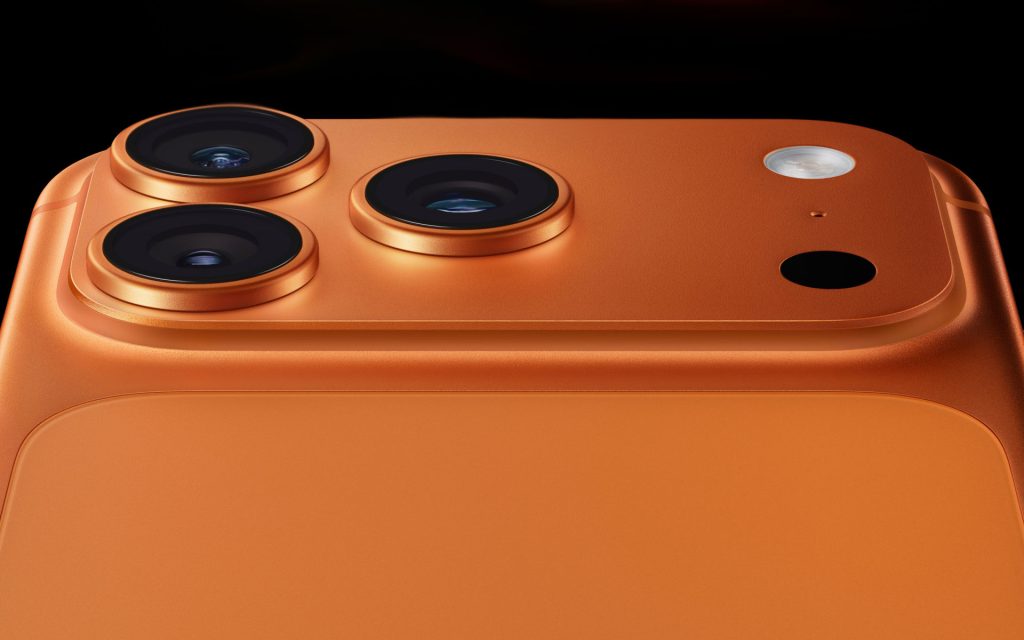
Not exactly surprising anyone who’s been following the Apple rumor mill over the past year or so, the tech giant unveiled its four latest iPhone models in an event that turned out to be boring and mildly surprising in equal measure. The company’s loyal customers are getting the three Apple iPhone 17 variants they will be buying the most – so the standard, the Pro and the Pro Max – but also introduced the long-awaited and much-discussed iPhone Air: the company’s third attempt at a fourth, different iPhone variant, whether we need it or not.
This was an iPhone unveiling that will go down as one of the most consumer-friendly Apple has held in a long time. The company made it so that the entirety of the iPhone 17 lineup begins at 256GB of storage, it finally granted all models the same OLED, ProMotion screen with anti-reflective coating to boot, it equipped every one of them with an 18-Megapixel, improved front camera with some useful new extra functionality and included its new advanced N1 network chip in every configuration.
Apple did this while not increasing iPhone retail pricing by all that much overall. Some of these updates were long overdue but it’s good to see that all four models got them this time around (Nice Surprise Number 1).
It may be that the iPhone Air has made most of the Apple event headlines so far – understandably so, it being the flashy new model and all – but, oddly enough, some of the company’s other choices will be more interesting and important to many, many more consumers. Here’s why.
The iPhone Air compromises to impress
Yes, the star of the show – so to speak – looks as spectacular as those of 5.6mm of slimness imply: at least in terms of design the iPhone Air does set itself apart from almost any other smartphone out there (bar the Galaxy S25 Edge… compared to which it’s also slimmer). At 165 grams it’s unbelievably light, too, especially for an iPhone that packs Apple’s latest and greatest processor, the A19 Pro (Nice Surprise Number 2) and 12GB of RAM.
There’s little doubt that a lot of consumers will be sold just by holding it in their hands for a couple of minutes, which is basically Apple’s whole point of making one, but credit to where it’s due: this is an engineering feat the company deserves to be proud of.

No matter how impressive the iPhone Air is, though, there’s a number of compromises that needed to be made before this device could actually be manufactured. Unfortunately, some are just embarrassing. No physical SIM card (the Air can only be used with an eSIM worldwide) is something many people can probably live without. Just one camera, though, sets a lot of restrictions in everyday photography that many will not like – and… one speaker, in 2025, on a smartphone costing $1000 is really hard to overlook. The USB-C port is the “basic-level” one too (so really slow data transfer speeds), a limitation that’s artificially imposed so that the Air does not step into “Pro” territory.
What most people would feel most uneasy about when looking at an iPhone that thin, though, is durability and battery life. Apple went to great lengths to address these concerns: it claims, for instance, that the iPhone Air has “all-day battery life” thanks to the A19 Pro and iOS 26 software optimizations… but a 3150 mAh battery is a 3150 mAh battery, so we’ll have to see about that when the first long-term reviews land.
In terms of durability the titanium frame and the Ceramic Shield protection front and back should help, but an extremely slim smartphone is just bound to face more problems than a, well, less slim one in everyday use. Again, iPhone Air owners will surely let us know in a couple of months, so there.
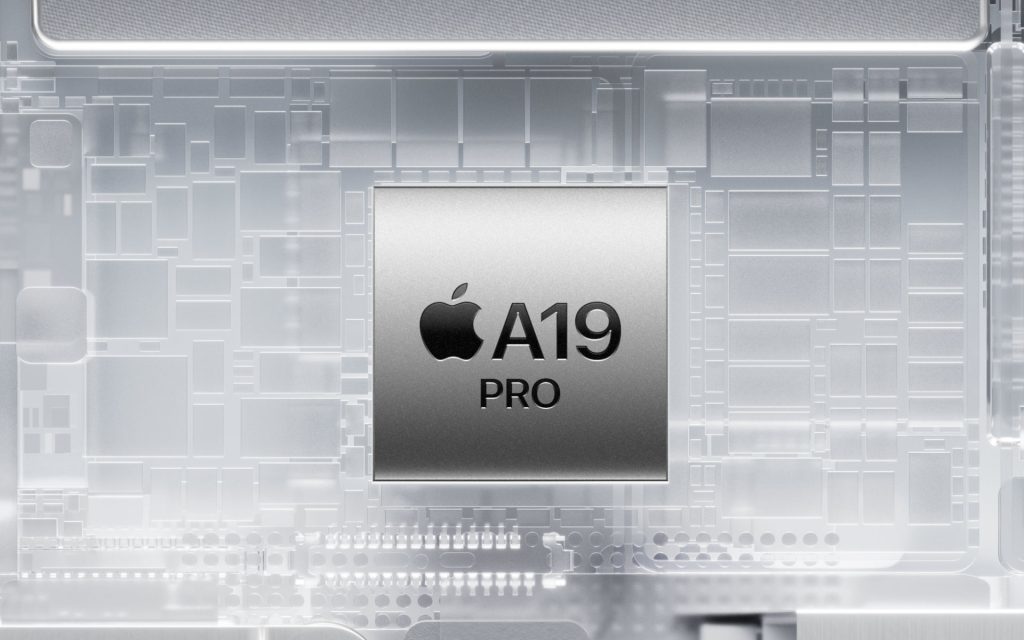
All in all, one can’t deny that the Air seems like a very well put-together smartphone – it does feature the same advanced screen tech, the same new network chip and the same upgraded front camera as the other iPhone 17 models, after all. It’s “form-over-function” approach may or may not prove to be as popular with consumers as Apple is hoping, though, if durability and battery life prove problematic. This, probably more than with any other iPhone in history, will become apparent in time, so we’ll surely get back on that in due course.
The Pros still rule but could have offered more
Apple’s most expensive smartphones got the least amount of love this year for one simple reason: their exclusive upgrades are not going to make a huge difference in the way most of their prospective owners use them day in, day out. The iPhone 17 Pro and 17 Pro Max get one more GPU core compared to the iPhone Air, for instance, and the 12GB of RAM, up from 8 last year, are definitely welcome – but only the most demanding and memory-hungry apps or games will actually make use of both. Heavy multitaskers are more likely to enjoy the benefits of more RAM, but then again last year’s 8GB did not seem to cause any problems on that front either.
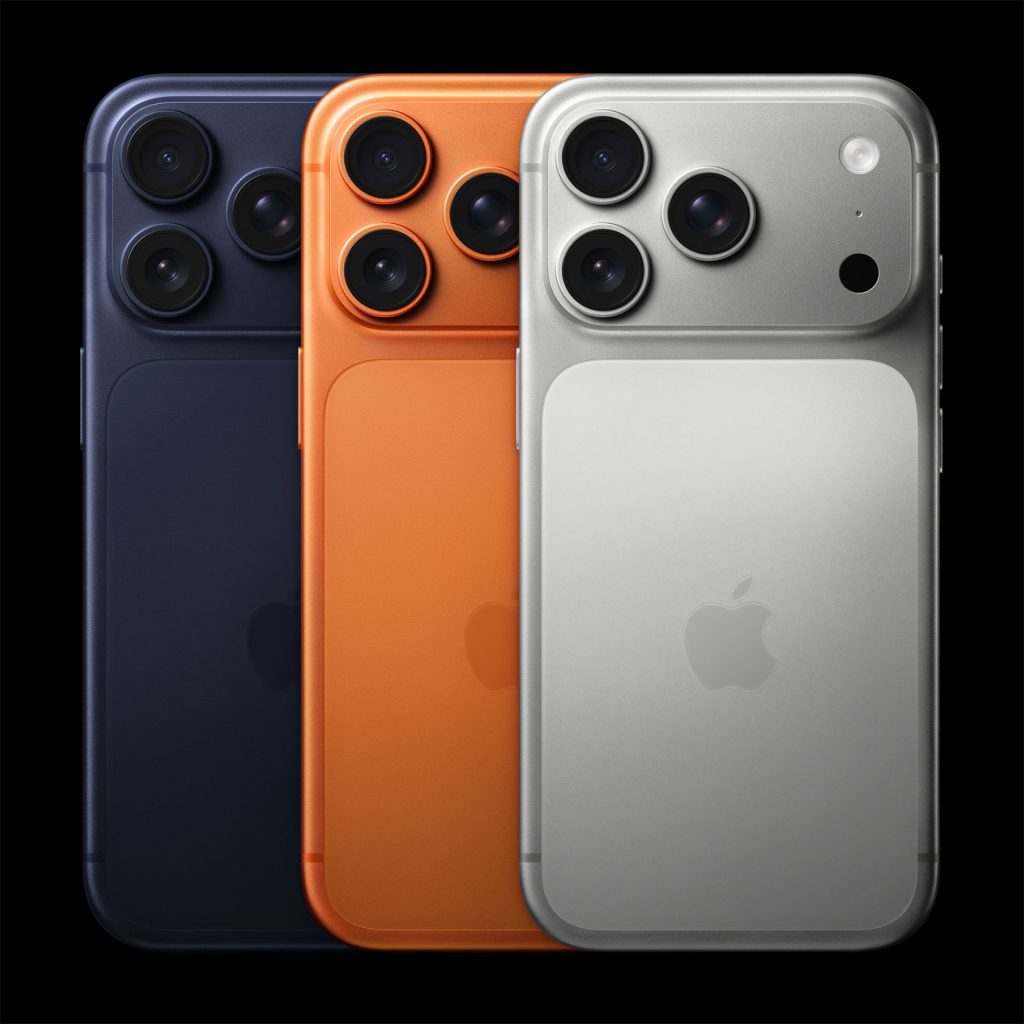
The new, advanced cooling system of the 17 Pro and 17 Pro Max employ is worth noting as it’s of both technical interest and actual value: it will help these models sustain peak performance for longer periods of time. Worth of note is also the jump of the third, telephoto camera’s sensor from 12 Megapixels to 48: this makes all three cameras capable of working at the same resolution, helping the camera app transition seamlessly across them (the telephoto camera offers a rather handy 8X optical zoom too). Along with a few software photo and video features exclusive to the Pro models, this change is supposed to differentiate these iPhones from the standard or Air models.
Most people who own and love an older iPhone Pro model would probably consider upgrading to a 17-series one mainly for their impressively bigger batteries, better connectivity and more capable USB-C ports, not for the handful of new features mentioned earlier. They would not be wrong: iPhone Pro models as far back as the iPhone 12 Pro Max still do not feel outdated at all in everyday use compare to more recent ones and it’s only now, with Liquid Glass incoming, that we may be able to discern actual differences in performance.
There’s just no point denying, though, that with Apple granting the iPhone Air and the standard iPhone 17 so many features once exclusive to the Pro models this time around, the 17 Pro and 17 Pro Max could have done with more new ones of their own. Maybe next year with that much-discussed Ultra model, then?
The real winner of 2025: the standard iPhone 17
Which brings this report to Nice Surprise Number Three of Apple’s September event: the serious upgrades the standard iPhone 17 got, at long last, making it one of the best all-around iPhone models of all time for the price (which remained unchanged from last year too). The iPhone 17 now offers everything that matters to most consumers out there: a big, smooth-scrolling, exceptionally bright screen, a minimum of 256GB of storage, a very fast processor, a highly capable dual-camera system and an improved front camera, advanced connectivity and a large enough battery, all for $799.
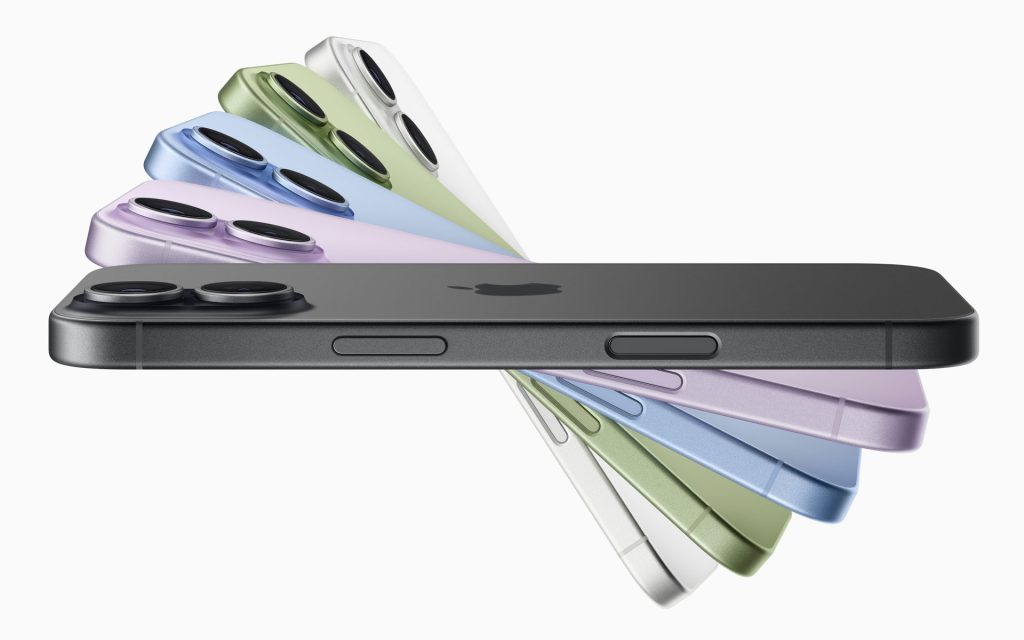
The standard iPhone was already the most popular Apple model for mainstream consumers, but these upgrades (no matter how long overdue) make the standard 17 one of the best all-around smartphones in the market, period – especially at this price. While the iPhone 17 Pro got $100 more expensive and the iPhone Air is $100 more expensive than the iPhone Plus it’s replacing (no changes for the iPhone 17 Pro Max), the standard iPhone is now practically a bargain at $799 by Apple’s standards. It even makes last year’s iPhone 16 or this year’s iPhone 16e look of less value by comparison at $599 and $699 respectively, which speaks volumes.
Consumers will be able to pre-order every new iPhone model – the iPhone Air, the iPhone 17, the iPhone 17 Pro and the iPhone 17 Pro Max – on Friday, September 12th, in a variety of colors and storage capacities. Apple’s latest will be available to buy at retail from Friday, September 19th, with iOS 26 most probably pre-installed. Current owners of compatible iPhones will be able to upgrade their devices to iOS 26 on September 15th.














